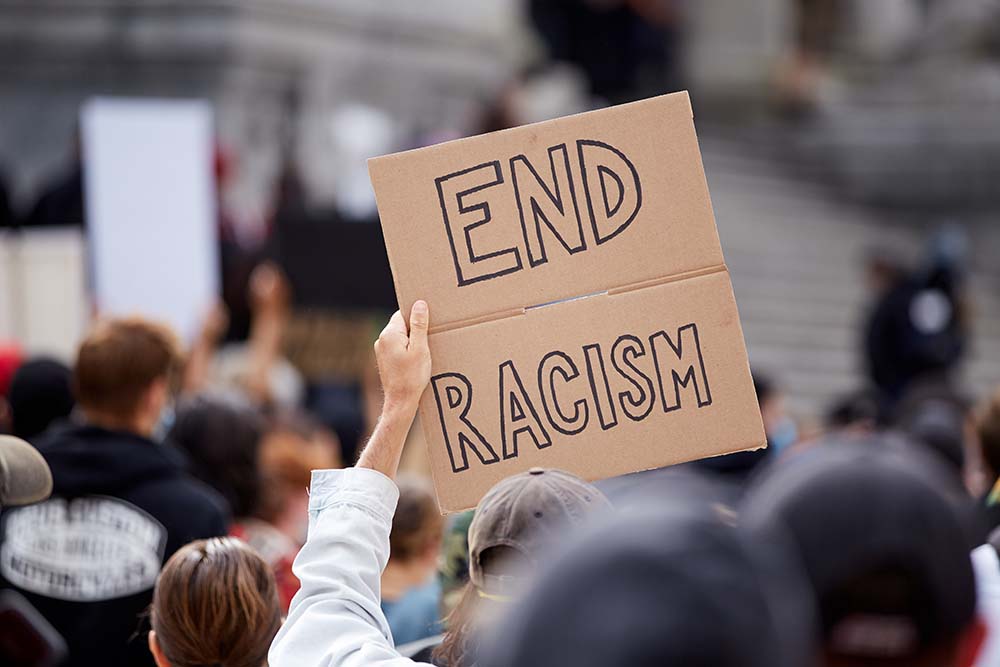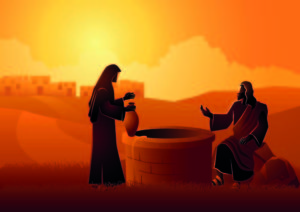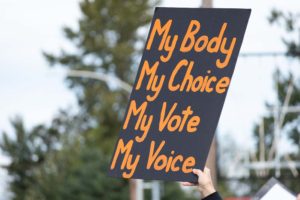Critical Race Theory (CRT) emerged as an academic discipline for law students in the 70s. Academic exploration has always involved critiquing the how and why of something being studied. Consequently, CRT has its critics.
One of the big arguments against CRT maintains that because we have had a 2-term African American president, Barack Obama, we now live in a postracial society. For me, that is akin to saying that once we have a woman as president, we will then live in a post-sexist society. It’s a ridiculous leap in logic in both examples.
We can look at the challenges of CRT from two perspectives:*
Theory and action are mutually dependent
1. The Activist Perspective requires that CRT be practical. It must be useful in real-life situations, or it is indeed, just theory. Theory, another way of “seeing,” is usually a very good pursuit. In developing theories, we often catalyze discoveries, but those discoveries need to help something or someone. Thus, theorists need activists to use CRT for positive change, and the activists need the theorists to introduce catalyzing ideas to accomplish that positive change.
I have a similar critique about the academy in theological studies. I appreciate the brilliant scholarship that occurs. However, if it remains solely theoretical, it has little use for me as a practical theologian. My work involves interpreting theological and biblical works and creating useful outlets and tools for faith-based advocates. We as workers for fairness and compassion need ideas from the academy that translate into positive change. Consequently, I find the critique of CRT to be valid and necessary.
Here are some common challenges to the usefulness of CRT. Review my previous blogs on CRT as you consider these questions.
- Why is CRT not down in the trenches, helping activists deal with problems of domestic violence, poor schools, and police brutality?
- Why is CRT so hard on liberals or so disdainful of existing civil rights statutes and remedies?
- What is the purpose of critique unless one has something better to replace it with?
- Should crits (people who engage in CRT) work together in an interracial coalition or separately, with blacks and Latin@s, for example, pursuing slightly different agendas?
- Should whites be welcome in the movement and at its workshops and conferences?
- Should the CRT movement expand to include religious discrimination, against Jews and Muslims, for example?”
- Does CRT sufficiently examine our “economic democracy?” (107)
The authors properly ask, “if racism is largely economic in nature–a search for profits–and hypercapitalism is increasingly showing itself as a flawed system, what follows for a theory of civil rights?” (107) For me, economics analysis is key to understanding how the civil rights of our poorest citizens are violated more frequently.
Has CRT become inherently classist?
2. Critique of the Intellectual Heart of the Movement involves challenging CRT for moving from its roots with the poor to address issues of middle-class minorities. Their concerns differ and focus on “microaggressions, racial insults, unconscious discrimination, and affirmative action in higher education.” (106-7) Failing to challenge the structure of oppressive inequality does not serve the very poor because they do not enjoy an improvement in their quality of life at a foundational level.
Another challenge involves the shift from “hard-nosed” social analysis to favoring identity issues. An example is “passing,” when a person pretends to be white although s/he is a light-skinned black person. This is often an issue for people of mixed race.
However, recent pressure from right-wing conservatives seems to be motivating CRT adherents to defend the more traditional elements of CRT, especially in education. Nothing seems to fire up conservatives more than fighting to keep issues they don’t like away from school-age kids.
According to NYT Opinion Columnist Michelle Goldberg, “It’s nearly impossible to have a straightforward discussion of the educational content that’s being labeled critical race theory precisely because people like [Christopher] Rufo have succeeded in turning critical race theory into a catchall term for discussions of race that conservatives don’t like.”
When parents object to teaching about the Rev. Dr. Martin Luther King, Jr., we’ve got a serious problem on our hands. Challenging theory, its methodology, its influences, and its application has merit both academically and practically. That is a very different exercise from refusing to teach history that we know to be true and documented. If we don’t understand our history, we are bound to repeat it.
In actuality, slapping a label on something without investigation causes us to be irresponsible, perhaps even dangerously so. Additionally, the intentional refusal to understand something, while weaponizing it, rises to the level of malfeasance – a bad act, in the law. The consequences of malfeasance can be dire because of the intent to do wrong.
Especially maddening is that intentional acts of malfeasance are wholly avoidable. I have great concern if these “purges” of our racist past in American history and social studies will have lasting negative effects on our children and on our national ability to acknowledge our sin of slavery and racism.
Getting caught up in the debate about teaching CRT in public schools is an intentional red herring to white-wash our racist past. CRT belongs in graduate school. However, MLK most certainly belongs in grade school.
Instead, let us benefit from theories and practices that best serve us while always investigating and testing their limits and searching for, as St. Paul so eloquently says, “A better more excellent way.”
One example of “a better, more excellent way,” involves engaging in a year of spiritual exploration and growing more confident in your faith-based advocacy for justice and compassion.
I’m proud to introduce a prayer journal and action planner for 2022 in 4 volumes. You can purchase the first one here.
Join me in the church seasons of Advent, Christmas, and Epiphany, the seasons of hope, love, and discovery. We will explore the Gospel of Luke, the social justice gospel.
This four-month prayer journal and action planner provides an in-depth guided tour through two of the most powerful books of the Bible — Luke and Acts — along with tools for reflection and introspection to help you gain insights into the workings of the Holy Spirit in the world and in your life. Transition into 2022 with intention as you reflect on Jesus’ mission of compassion and justice, and identify how you can exemplify these traits in your own life. Includes pages for coloring, notes, lists, journaling, and doodling, as well as calendars to help you follow the seasons of the year in the rhythms of church time: the hope of Advent, the joy at Christmas, and the season of discovery during Epiphany.

Blessings on your journey as a faith-based advocate.

* Critical Race Theory: An Introduction, by Richard Delgado and Jean Stefancic, New York University Press, 2017.





